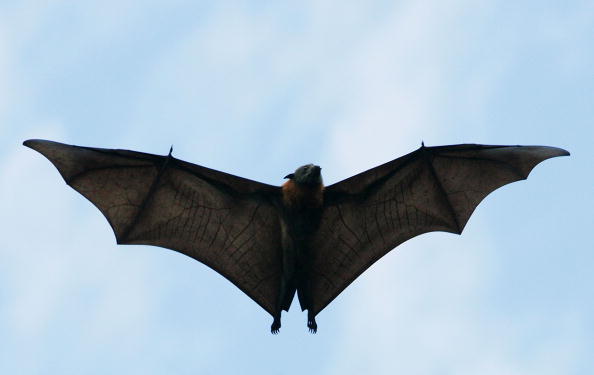
A boy in Montana found a bat and decided to bring it to science class at his middle school. The upshot is that everyone in his family and one of his classmates must have rabies shots. The rabies vaccine is being administered strictly as a precaution because it is not known if the bat was rabid since it was released to the wild before it could be tested.
The bat had been found by the boy's mother in the basement of their home. She had contained the bat and left for work. After his mother left, the boy decided to bring the bat to North Middle School in Great Falls, MT, in a plastic bag, carrying it with him on the school bus. His science teacher had him put the bat in a box with a lid on it and told all the students not to touch it. The bat was in the box for the rest of the day and then went home with the boy who had brought it in. Despite this, at least one other child did touch the bat. The bat was released into the wild when the boy reached home.
Because the bat was not available for testing, everyone who is known to have touched the bat everyone who was in the home when the bat was found needs to undergo a series of rabies vaccinations. This includes seven people who lived in the home and one other boy who is known to have touched the bat. The families of all the children on the bus and in the science classroom have been notified about the situation.
Treatment for rabies is one injection of human immunoglobulin and four doses of rabies vaccine over a two-week period.
The caution is justified because rabies is almost 100% fatal if it is not treated as soon as possible after exposure. Rabies virus is carried in saliva and can infect almost any mammal. It is usually transmitted by animal bites or scratches.
Because the bite of a bat can be very tiny and painless, it is usual for everyone in a house that has a bat in it to have the shots. If the bat had been killed and tested and found to be negative for rabies, the shots would not be needed.
